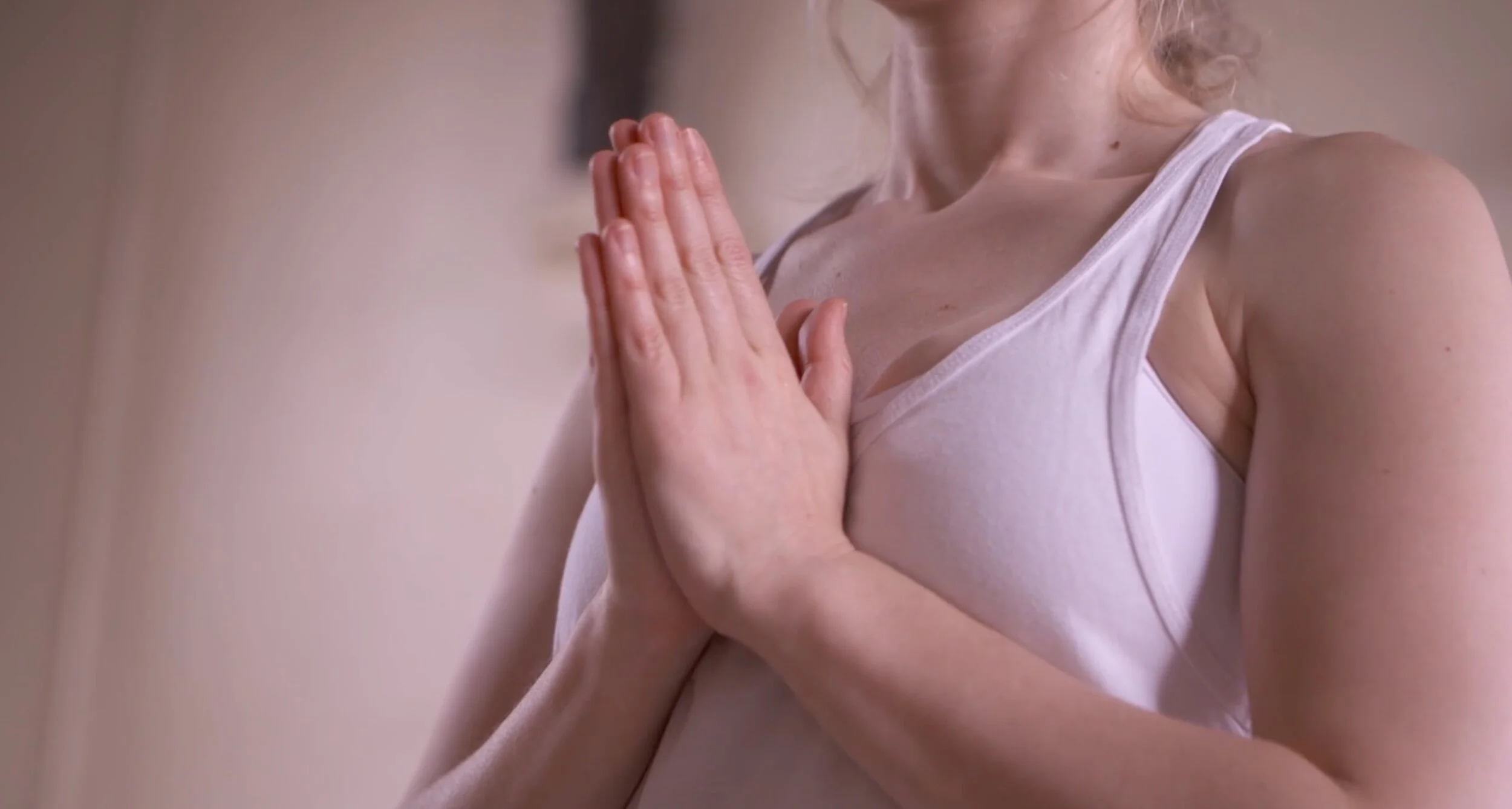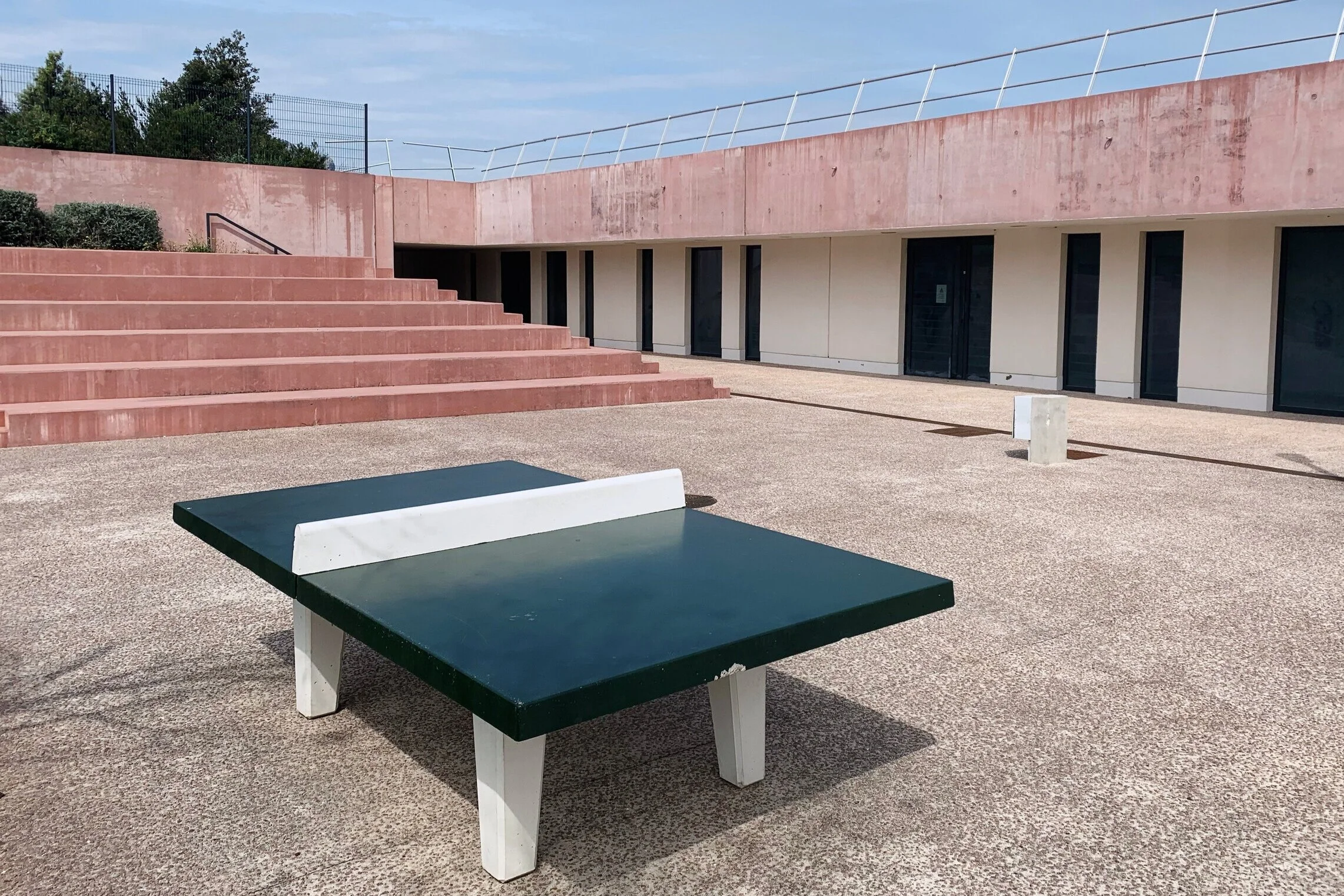How to practice the Sun Salutations.
Yoga by Rebecca Kemp. Words by Michael Townsend Williams. Music by Katie Elliott. Film by Andrew Kemp. [3 mins]
One round of Sun Salutation consists of two sequences, the first leading with the right foot in positions 4 and 9, the second leading with the left.
Keep your hands in one place from positions 3 to 10 and try to co-ordinate your movements with your breathing.
Start by practising four rounds and gradually build up to twelve rounds.
1. Exhale
Stand with feet together and hands in the prayer position in front of your chest. Make sure your weight is evenly distributed.
2. Inhale
Stretch your arms up and arch back from the waist, pushing the hips out, legs straight.
Relax your neck.
3. Exhale
Fold forward, and press your palms down, fingertips in line with toes – bend your knees if necessary.
4. Inhale
Bring the left (or right) leg back and place the knee on the floor. Arch back and look up, lifting your chin.
5. Retain
Hold the breath, bring the other leg back and support your weight on hands and toes.
6. Exhale
Lower your knees, then your chest and then your forehead, keeping your hips up and your toes curled under.
7. Inhale
Lower your hips, point your toes and bend back. Keep legs together and shoulders down. Look up and back.
8. Exhale
Curl your toes under, raise your hips and pivot into an inverted ‘V’ shape. Try to push your heels and head down and keep your shoulders back.
9. Inhale
Step forward and place the left (or right) foot between your hands. Rest the other knee on the floor and look up, as in position 4.
10. Exhale
Bring the other leg forward and bend down from the waist, keeping your palms as in position 3.
11. Inhale
Stretch your arms forward, then up and back over your head and bend back slowly from the waist, as in position 2.
12. Exhale
Gently come back to an upright position and bring your arms down by your sides.
Why not synchronise your breathing to 6 breaths per minute with our Do Breathe Now video?
























